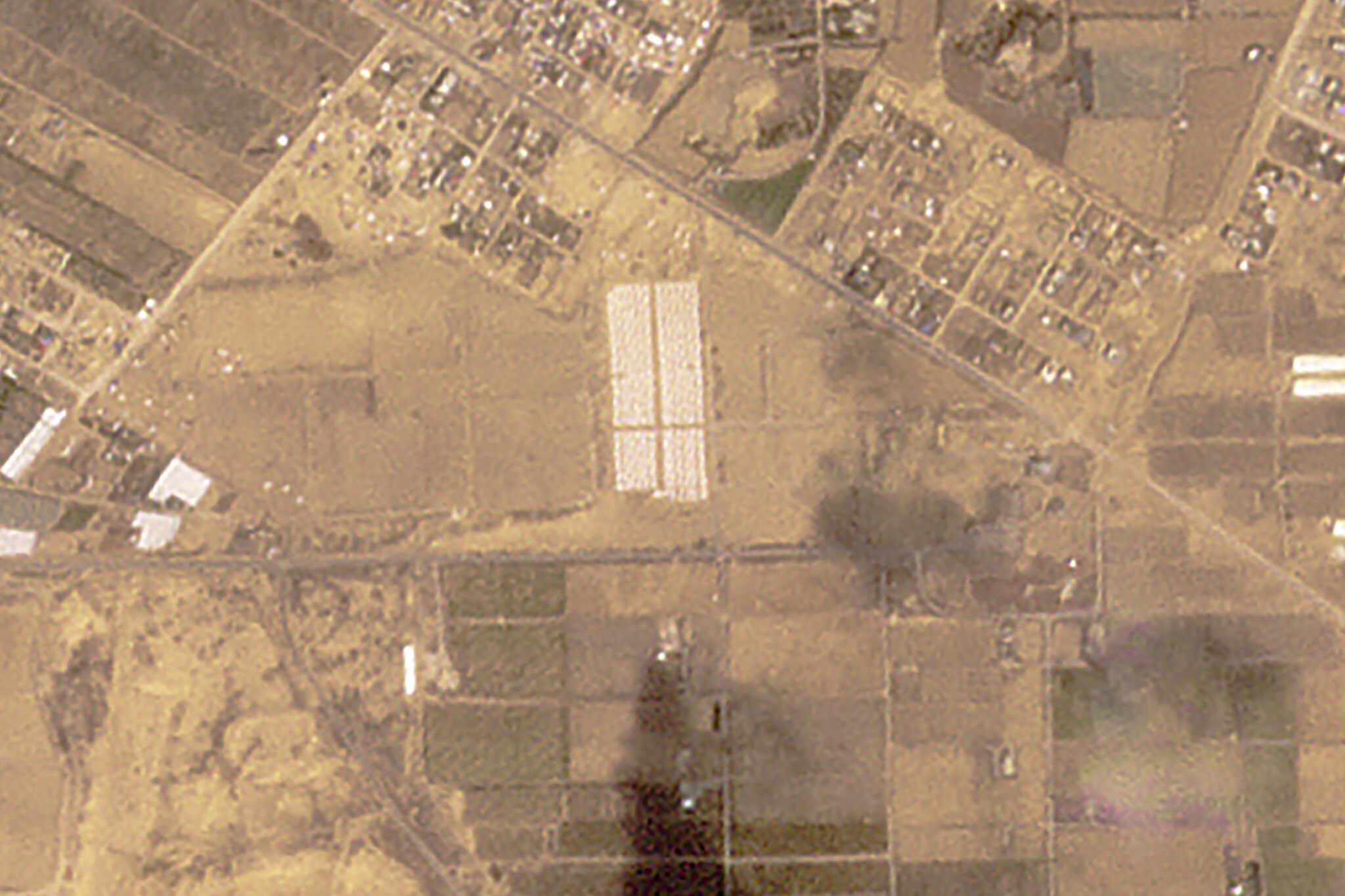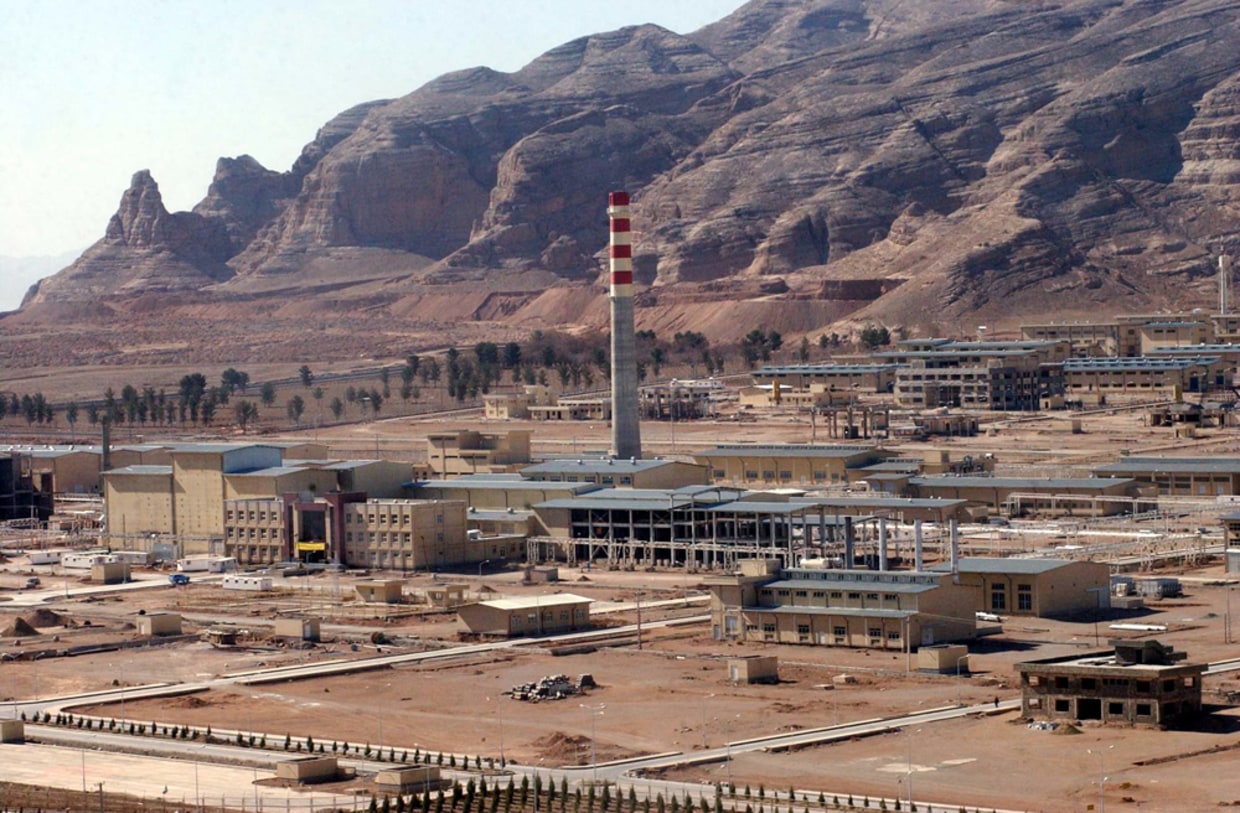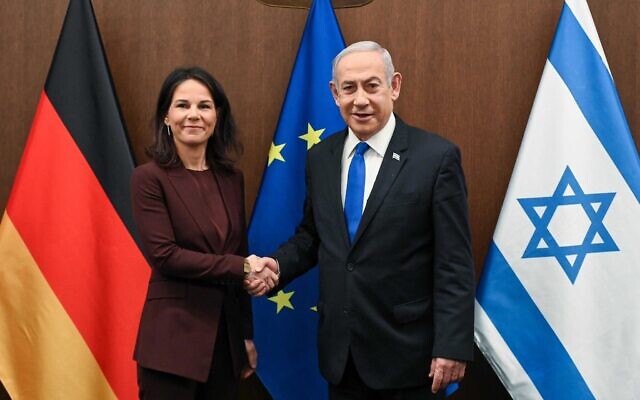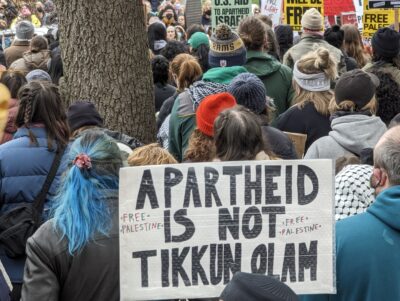Smadar Lavie (CV) is Scholar in Residence at UC Berkeley, whose academic field is the study of the role of women, particularly Mizrahi women, in Israeli society. She’s just published a fascinating essay that examines three seemingly disparate Israeli social phenomena which have a great deal to tell us about how the Israeli national security state uses the threat of war to dampen social protest and create a false sense of social cohesion.
Her Knafo Chronicles: Marching on Jerusalem with Israel’s Silent Majority highlights connections between the 2003 Single Mothers March, the 2011 Tel Aviv (J14)-Tahrir (Arab Spring) mass protests, and the forthcoming Israeli attack on Iran. The piece demonstrates how Israel uses continual armed conflict with Palestinians and neighboring Muslim states to muffle internal Jewish strife inside Israel.
This past summer, a string of Israelis set themselves on fire to protest their economic disparity. The first was Moshe Silman, whose desperation stemmed from his frustration with the dysfunction of the Israeli social welfare system and the inability of the mass protests of 2011 to create any meaningful social change for Israel’s disenfranchised. This should have resulted in an extraordinary level of international media attention on Israeli-Jewish social justice issues. But the stories gained little traction, as is usual for anything not connected to the Arab-Israeli conflict.
The current Israeli government and those before it have always stood in fear of successful social protests that might threaten their legitimacy in much the same way that the Tahrir Square protests destroyed the rule of Hosni Mubarak. To short-circuit a renewal of the 2011 protests in 2012, both Barak and Netanyahu pressed the importance of Israeli national unity against the Iranian nuclear threat. This had succeeded in quelling the momentum and size of these protests until recently.
Now, those same summer 2011 protesters are once again threatening to mobilize if Netanyahu passes his draconian 2013 national budget. Coincidentally, the Israeli prime minister’s call for new elections, which he will win handily, is yet another attempt to defang the social justice movement. New elections will not only defuse the threat of more social protests related to the controversial budget, they will also divert attention from ever-increasing rent, food, and gas prices.
As Operation Cast Lead–which was conducted in the interim between Obama’s election and his assumption of the presidency–showed, periods when elections are held or when power is being transferred are preferred times for Israel to wage war.
Lavie’s article addresses the relationships between Israeli social protest movements and military actions against the Palestinians and Israel’s neighboring states. Today, preparations for an Israeli attack and possible Iranian retaliatory responses dominate the public sphere, as evidenced by Netanyahu’s speech at the U.N. on September 27, 2012. Lavie suggests that if the protesters do renew their efforts, the likelihood of an attack on Iran greatly increases.
This piece appeared originally in Affilia: A Journal of Women and Social Work, published by SAGE Publications, in August 2012. Because of the article’s timeliness, SAGE Publications has generously made it available for free download, for a limited time. Please disseminate Smadar’s essay widely on Facebook, Twitter and through your e-mail networks.






I have to say I think in many ways the United States government does, does the same thing.
Oh, absolutely. It is all the management of dissent. The state in Orwell’s “1984” was in perpetual war (real or not) for this reason (w/ Oceania, as I recall!) We are there now with Iraq, Afghanistan and Iran, constant war, the “War on Terror” which translated means “War on Selected States and People.” The profits of war do not accrue to the ordinary citizen however which means the average citizen becomes poorer.
But this leads then to the erosion of an individual’s stake in the system and more dissent. Once the ordinary Israeli is no longer able to provide food, shelter, education and a reasonable hope for future to his children, the right wing government will be over. The same is true in the US. The costs of conflict are now socialized: The profits of conflict are privatized. This cannot go on forever. I think the endpoint is when crowds begin to form in the town center and eventually turn to destroying property like we have seen in the black ghettos on and off since the 60’s, at least. This reaction is apparently alive and well and progressing in both the US and Israel.
Dear Davey,
I fear I might need to disagree with you in the case of Israel. The Right Wing will not be gone soon, and the Left Wing will continue to lose and shrink election after election. Most Mizrahim vote for the right not only because of the prevalent historically rooted anti-Mizrahi racism in the Zionist, post-Zionist and anti-Zionist Israeli Left. It is the socialist Zionist Laneft who was still is most instrumental in the creation and maintenance of the Israeli intra-Jewish color bar. There are also many practical reasons for the Mizrahim to continue voting for the Right, despite the draconian economic policies of Bibi. You might find a detailed explanation here:
http://smadarlavie.files.wordpress.com/2012/09/lavie_mizrahi_feminism_and_the_question_of_palestine.pdf
It is unfortunate that many progressive American Jews continue to kvetch about Israeli politics with their Ashkenazi Zionist-post-anti Leftist buddies in Israel, while overlooking the fact that these lefties, mostly upper class (and therefore their cosmopolitan command of English) have near zero constituencies among the majority of Israelis. Mizrahim are also the majority voters.
@ Smadar
That was a very interesting comment. I started reading your paper on Mizrahi feminism and the question of Palestine, just came back here to say that it’s passionating. More power to you !
Thanks for the paper. You are suggesting that Ashkenazi left, particularly the feminist left, is not open to the issues of the disenfranchised Mizrahim for racist reasons and this pushes Mizrahim toward the center and right. Certainly, this anomalous behavior, leftism detached from universalism, confounds both Israel and American Jews. American Jews have been conflicted for decades. Racism seems to override the best of intentions. Even so, I think the gathering of angry Israelis demanding more is a very good sign even if the agenda did not include Palestinians and women directly. Likewise, the “occupy” phenomenon in the US. There has to be a point where the economic plight of many in Israel will be difficult to manage through external threats and fear mongering inasmuch as the profits go to the rich and the poor pay the costs. The Israel Lobby effort to export threat and fear to the US ala Geller-style Islamophobia is meeting some very fierce resistance, I think.
You used the phrase: “the forthcoming Israeli attack on Iran” in this piece.
Does this mean that you believe such an attack to be inevitable? Is there any scenario unfolding where this can be avoided in your opinion?